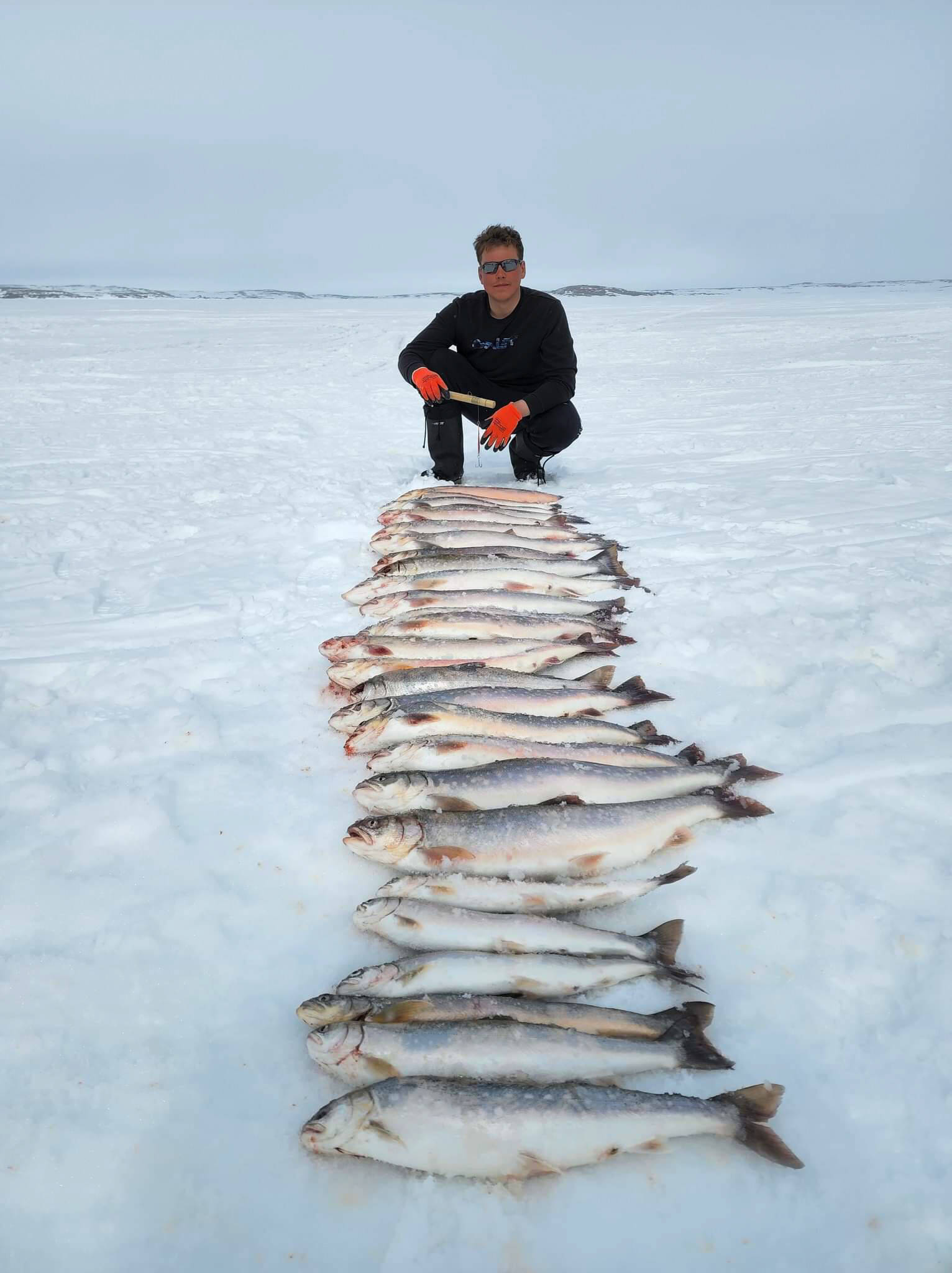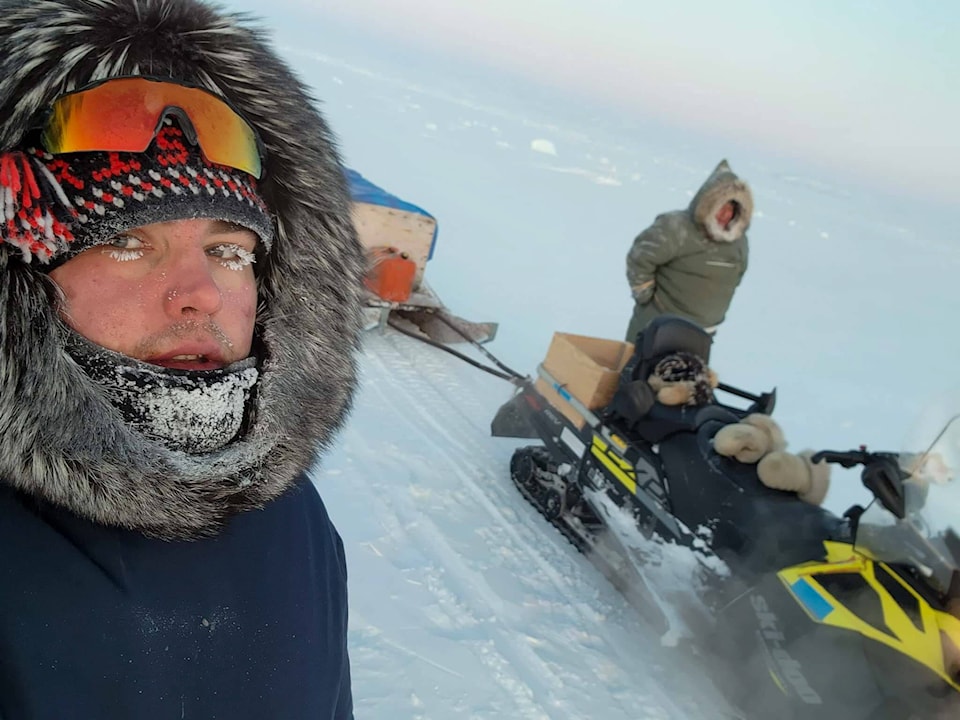It was another productive year for hunters across Nunavut, and as spring approaches, wildlife harvesters are getting excited.
“Spring is a great time to hunt, there’s easier access to some places with a snowmobile,” explains Iqaluit’s hunter Pierre Wolfe.
In the region of the territory’s capital, the most commonly hunted animals are ptarmigans, hares, seals, goose and polar bears.
This summer though, members of the Amaruq Hunters and Trappers association successfully caught a bowhead whale 15km Southwest of Iqaluit.
“The bowhead hunt was an amazing one, they did it so quick and no part of it was wasted” Wolfe explains.
Grise Fiord hunter and wildlife Officer Olaf Christensen says “Muskox, polar bears, seals, bearded seals, walruses, narwhals and belugas were harvested this Summer. So far it has been a great year for hunting in Grise Fiord”
Prolific harvests are crucial for northern communities like Christensen’s. Nunavut is not exempted from the increasing costs of consumer goods; “hunting gears has gone up in price in the last few years, especially for ammunition. A box of 223 bullets could cost up to 45$. Most hunting gear are flown in by plane so the prices are usually doubled once they arrive,” adds the local hunter.
Christensen explains although the investment is more important, hunting is still economically profitable; “most times we have no choice but to buy the costly and limited supplies and equipment they have in town to continue hunting. Store bought food is expensive. Selling meat, skins and ivories can benefit a whole family”
It is an Inuit custom that everyone gets a part of the harvested animals. Traditionally, meat and other byproducts of the harvests were not sold but shared amongst the community.
“Everything down to the bullet has increased a bit. Hunting is still a viable option, but we also have to charge more which I think is a barrier because Inuit are not used to charging for country food” says Wolfe.


